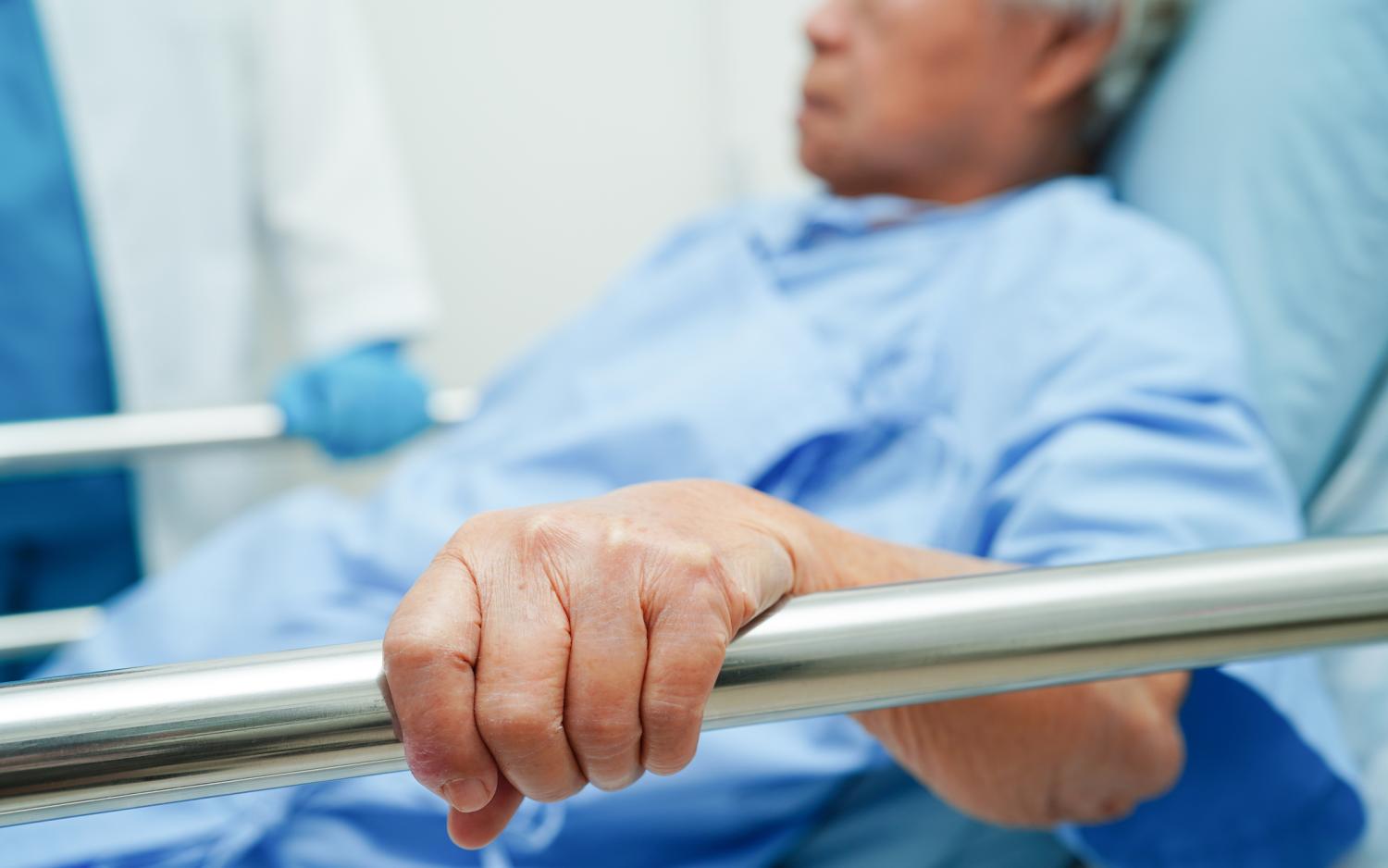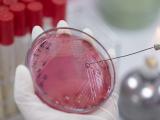A study today in the American Journal of Infection Control illustrates the challenges hospitals face in trying to control the type of microbial contamination that can contribute to the spread of healthcare-associated infections (HAIs)
The study found that several high-touch surfaces in the Central Texas Veterans Health Care System, including bed rails and nurse's station keyboards, harbored multiple colonies of bacteria despite the hospital's adherence to routine disinfection strategies. Of the 60 different types of pathogens isolated, 7 were classified as important in healthcare settings because of their potential to cause HAIs.
The study authors also note that while many of the organisms identified were previously considered harmless, recent advances in bacterial identification suggest that some have the potential to be opportunistic pathogens.
Well-known, and less well-known, pathogens
To understand the bioburden associated with high-touch hospital surfaces, which can play a role in HAI transmission via healthcare workers' (HCWs') or patients' hands, a team of researchers collected microbiologic samples from bed rails, workstations on wheels, nurses' station keyboards, simulation manikins, and breakroom tables in a single medical unit from June to July 2022. A total of 400 surfaces were sampled, both before and after disinfection.
The researchers chose those surfaces because of the high frequency of contact by HCWs or patients. They also searched the hospital's microbiologic laboratory database for all of 2022 to identify clinically relevant organisms that matched the recovered surface organisms.
From the 12,347 bacterial colonies detected through sampling, 60 types of organisms were identified. All the sampled surfaces exhibited high total bacterial counts, with medical manikins and bed rails harboring the largest variety of bacterial species (20 and 23 organisms, respectively).
The study authors say that while manikins aren't typically considered a high-touch surface because patients don't come into contact with them, the Central Texas Veterans Health Care System requires staff to undergo manikin-based competency assessments of chest compression and airway management.
"This represents another potential source for pathogen transmission, especially if the manikin is not properly disinfected or the HCW does not perform appropriate hand hygiene before returning to patient care duties," they wrote.
A group of six experts at the hospital (five infectious disease physicians and a microbiologist) concluded that 18 of the identified organisms were well-known human pathogens, 7 of which are considered important in healthcare settings according to the US Centers for Disease Control and Prevention.
Our study clearly shows the bioburden associated with high-touch hospital surfaces..and indicates that we must do better in protecting the health of our patients and our hospital employees.
Some of the well-known pathogens identified included Escherichia coli, Staphylococcus aureus (both methicillin-resistant and methicillin-susceptible), Enterococcus faecium and faecalis, Pseudomonas aeruginosa, Klebsiella aerogenes, and Streptococcus. The hospital's clinical microbiology laboratory identified 29 of the 60 surface organisms in clinical isolates (mainly from urine, skin and other soft tissue, and blood).
Even some of the less well-known organisms identified, like Pseudomonas luteola and Bacillus megaterium, have been linked to severe and fatal infections in immune-suppressed patients, the authors note.
New approaches needed
Although the study did not attempt to track if any of the isolated surface pathogens were connected to an HAI at the hospital, the authors say the findings are concerning and highlight the need to identify new approaches for reducing high-touch surface contamination, including new chemical disinfectants, no-touch devices, and self-disinfecting surfaces such as copper.
"Our study clearly shows the bioburden associated with high-touch hospital surfaces — including simulation manikins, which are not typically regarded as a risk because patients rarely touch them — and indicates that we must do better in protecting the health of our patients and our hospital employees," senior study author Piyali Chatterjee, PhD, said in a press release from the Association for Professionals in Infection Control and Epidemiology, which publishes the journal.























